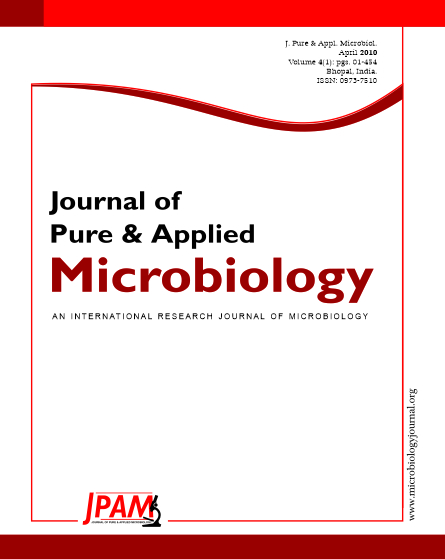Microbial resistance exacerbated by the overuse of antibacterials requires novel methods to manage topical infections. Inclusion of silver nanoparticles in medicinal dressings can serve as an alternative method to alleviate emergence and spread of antibiotic resistance. Biosynthesis of silver nanoparticles was carried out using Fusarium oxysporum and its presence was detected visually by appearance of brown color and using UV-Visible spectrophotometer wherein an absorbance maximum was observed at 420 nm. Fusarium oxysporum was found to accumulate about 0.4 mg of silver nanoparticles per gram of biomass with a size range of 20-25 nm as detected by SEM and Atomic absorption analysis. MIC of free silver nanoparticles was found to be within the range of 12 to 28 ppm for Escherichia coli, Enterobacter cloacae, Pseudomonas aeruginosa and Proteus vulgaris. Also no viable organisms of the above cultures were obtained after 4 hours indicating an effective bactericidal activity. In contrast S. aureus was found to be resistant to 34 ppm of silver nanoparticles and showed only 2 log cycle reduction within 4 hours indicating its resistant nature.
Silver nanoparticles, Fungi, Wound dressing
© The Author(s) 2010. Open Access. This article is distributed under the terms of the Creative Commons Attribution 4.0 International License which permits unrestricted use, sharing, distribution, and reproduction in any medium, provided you give appropriate credit to the original author(s) and the source, provide a link to the Creative Commons license, and indicate if changes were made.


